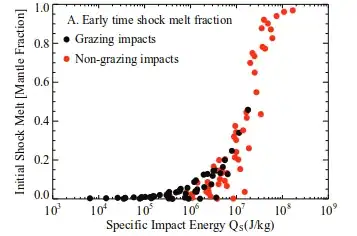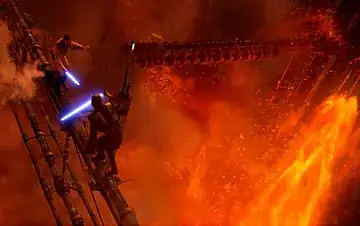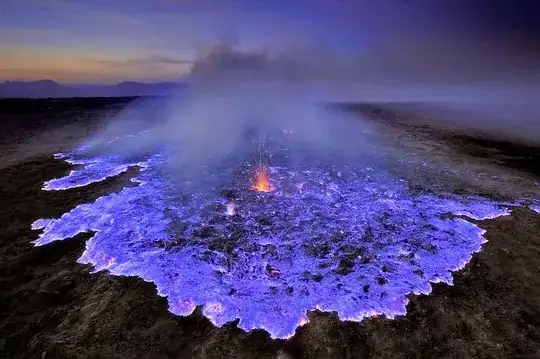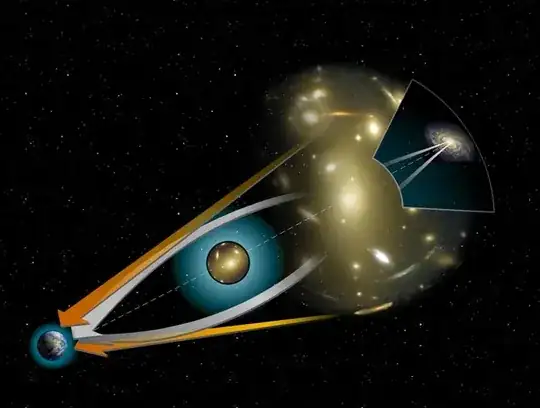So, for reasons which may or may not pop up in a later question of mine, I need to light a small Moon-like moon on fire.
Well, sort of. See, I need a small object capable of emitting a lot of light - i.e. with a high luminosity. That could either be a large ball of gas on fire, or it could be something very, very hot - and thus very, very bright. So it actually doesn't have to be burning.
For undisclosed reasons, this thing must be a rocky moon, and it must radiate in all directions. I have access to all the materials that exist in our Solar System. Oh, and I have the capabilities of a Type II civilization (which I appear to be obsessed with).
To the smart-alecks who will say, "Hey, you've got a giant bloody star!": The moon needs to be in its own stable orbit, either around a planet or, most likely, the central star. For now. I can't crash it into the central star. I also don't care about what happens to any of the other bodies in the system.
. . . I need to know by Friday.1
1 Congratulations if you know what I'm referencing.



 .
.